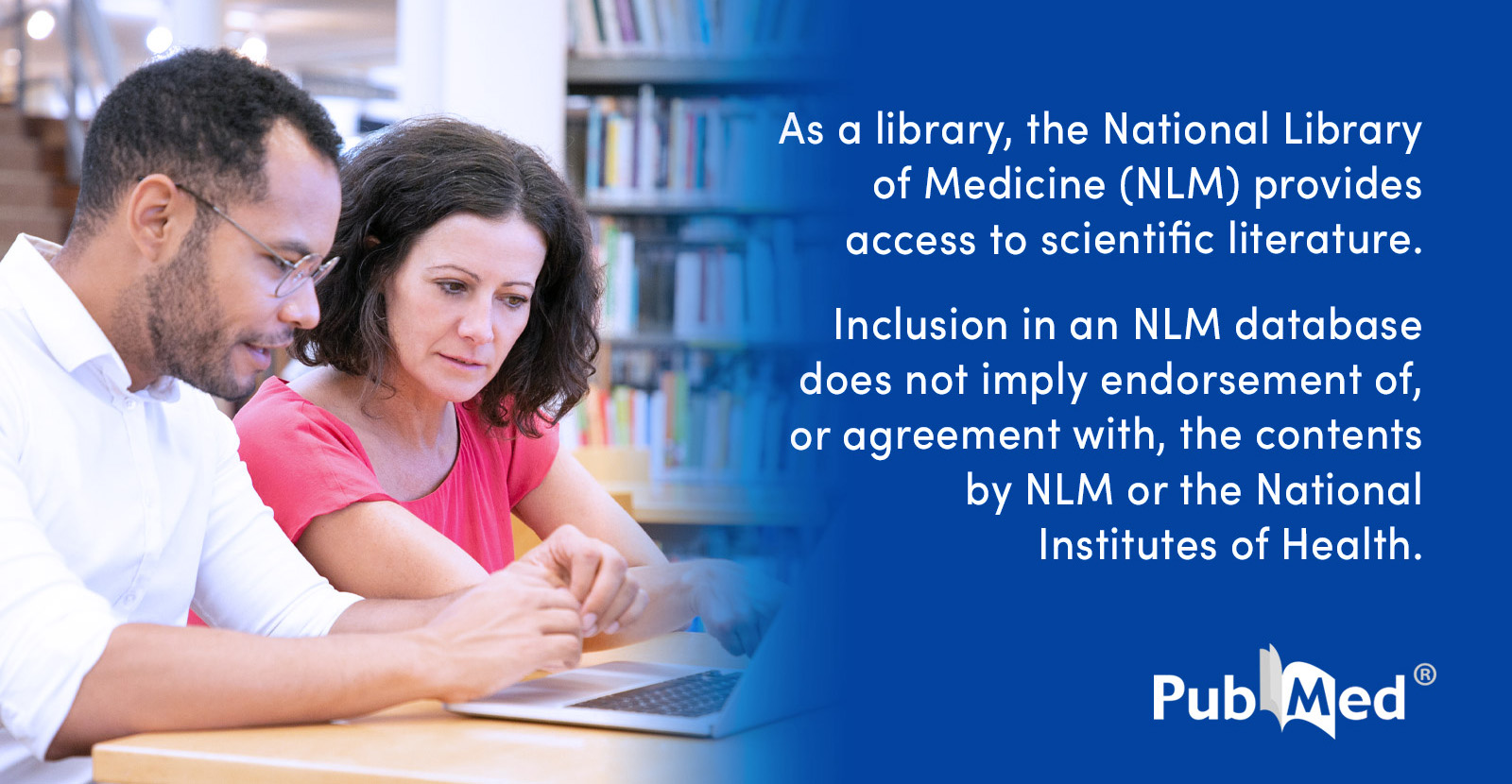Nutt isn't a medicinal chemist which is why he mistakenly thought that pagoclone would make a suitable alcohol substitute. But it turned out that the dependence liability was no different to that of conventional benzodiazepines.
Be it a full or partial agonist, it's STILL increasing the flow of those chloride ions.
The truth is, we were able to demonstrate that it was alcohols a1 activity that mediated it's 'addiction' liability because it disinhibits dopaminergenic neurons.
The mechanisms commanding the activity of dopaminergic neurons of the ventral tegmental area (VTA) and the location of these neurons are relevant for the coding and expression of motivated behavior associated to reward-related signals. Anatomical evidence shows that several brain regions...

pubmed.ncbi.nlm.nih.gov
So things like pyeyzolam don't produce the re-enforcing effects of alcohol. BUT for most people the toxicity of alcohol acts to counter the re-enforcement (from puking to falling over to blackouts to hangovers). But when you remove all of that, it's much more likely that people would choose it to self-medicate anxiety and depression.
In short - pyeyzolam/pyeybazam mixtures or the new compound are clearly a vastly better choice than alcohol BUT they still produce physical dependence. The brain simply adjusts to that increase in chloride ions. Any sane government would enforce a huge tax on alcohol and a much lower tax on the alcohol alternatives... but IF something goes badly wrong when such drugs reach 'stage IV trials' i.e. pharmacovigilance (i.e. reading reports on adverse events caused by a drug that has already obtained a marketing licence), it would be a political disaster.
The funny thing is that the structure of pyeyzolam isn't a secret and any of those Chinese companies making pyrazolam for the RC market could produce it. I think a LOT of people would pay £10 for a pill that got them as drunk as they would from drinking 2 bottles of wine. In short, GABA Labs cannot charge a premium unless their product is significantly better...
And I see NO patents. I suspect the idea of '13 compounds' is disingenuous. It's not 13 NOVEL compounds.
BTW we even worked out that any alcohol-mimic, if consumed with alcohol would potentially result in dangerous CNS depressant effects. So we discovered that the active compound in 'tipplersbane' mushrooms is 1-aminocyclopropan-1-ol. If you add that to an alcohol alternative and someone consumes alcohol, they puke their guts out. It tastes kind of grim so we then had to work out a way of producing a tasteless prodrug. That's how far we got - we were foreseeing risks and mitigating them.
But UK law changed so the amount of funding needed to continue was vast and unlike GABA Labs, we didn't have ANYONE who was prepared to become a spokesperson. Nutt taught me an important lesson. There are people who like to do the work and there are people who like to take the credit - I aim to belong to the former category since their is far less competition.

